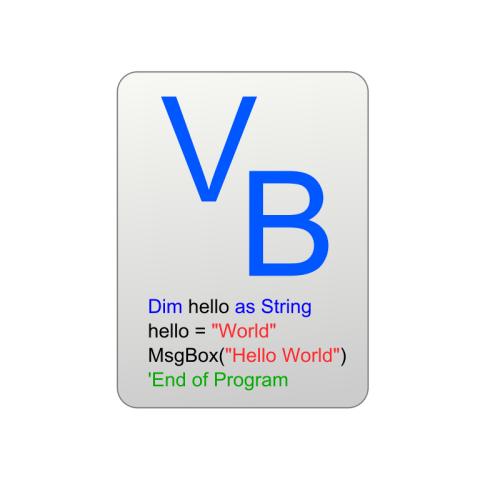The interpolation of spatial data can be of tremendous value in various applications, such as forecasting weather from only a few measurements of meteorological or remote sensing data. Existing methods for spatial interpolation, such as variants of kriging and spatial autoregressive models, tend to suffer from at least one of the following limitations: (a) the assumption of stationarity, (b) the assumption of isotropy, and (c) the trade-off between modelling local or global spatial interaction. Addressing these issues in this work, we propose the use of Markov reward processes (MRPs) as a spatial interpolation method, and we introduce three variants thereof: (i) a basic static discount MRP (SD-MRP), (ii) an accurate but mostly theoretical optimised MRP (O-MRP), and (iii) a transferable weight prediction MRP (WP-MRP). All variants of MRP interpolation operate locally, while also implicitly accounting for global spatial relationships in the entire system through recursion. Additionally, O-MRP and WP-MRP no longer assume stationarity and are robust to anisotropy. We evaluated our proposed methods by comparing the mean absolute errors of their interpolated grid cells to those of 7 common baselines, selected from models based on spatial autocorrelation, (spatial) regression, and deep learning. We performed detailed evaluations on two publicly available datasets (local GDP values, and COVID-19 patient trajectory data). The results from these experiments clearly show the competitive advantage of MRP interpolation, which achieved significantly lower errors than the existing methods in 23 out of 40 experimental conditions, or 35 out of 40 when including O-MRP.
翻译:在各种应用中,空间数据的内插可能具有巨大的价值,例如从气象或遥感数据的一些测量中预测天气,从气象或遥感数据中预测天气等。现有的空间内插方法,例如Kriging和空间自动反向模型的变体,往往至少受到以下限制之一的影响:(a) 假定是静止的,(b) 假设是异质的,和(c) 模拟当地或全球空间互动之间的权衡。在这项工作中解决这些问题时,我们提议使用Markov40度的治疗性轨迹错误作为空间内插方法,我们采用三种不同的空间内插方法:(i) 基本静态贴现MRP(SD-MRP),(ii) 准确但主要是理论性的最佳MRP(O-MRP),(iii) 可转移重量预测 MRP(WP-MRP),以及(c) 所有MRP的内插图都在当地运作,同时通过反复计算整个系统中的全球空间关系。此外,O-MRP和WP-MRP的轨迹误差,不再假定为站内更低的定点,并且从精确地分析这些现有或精确的精确的模型,从现有23号的精确的模型中,这些现有数据基底基数模型的模型的精确的模型显示为精确的精确的模型,我们用。我们用在公开的计算方法,我们用在进行下,我们用在进行下进行下进行下,我们用在现有的计算。



